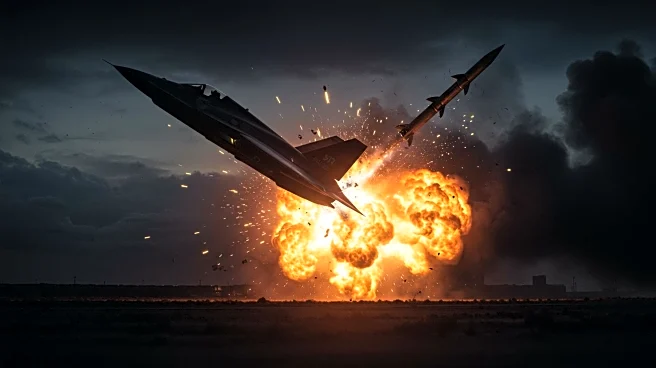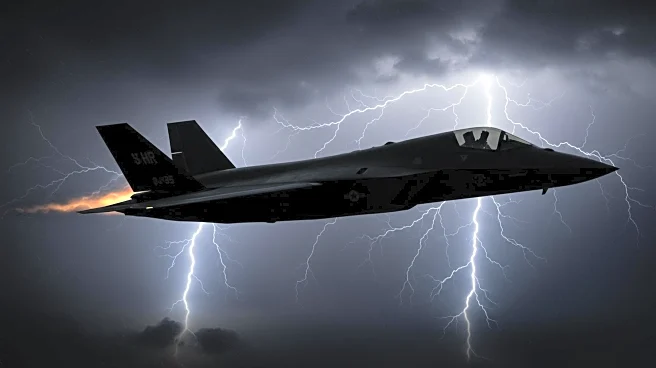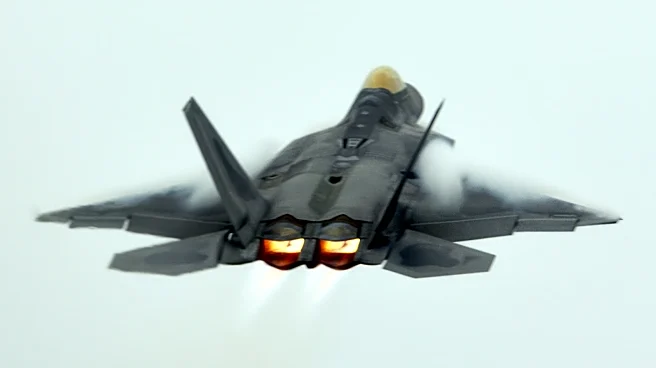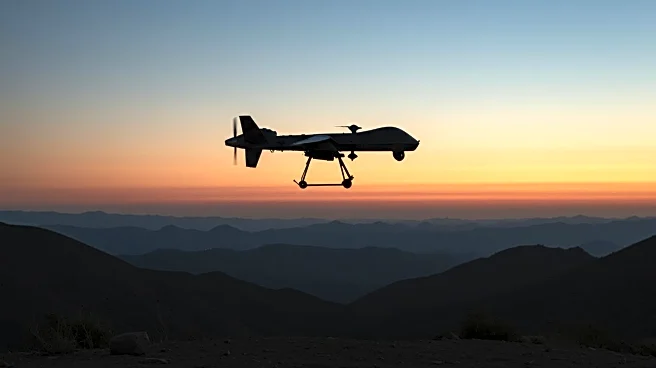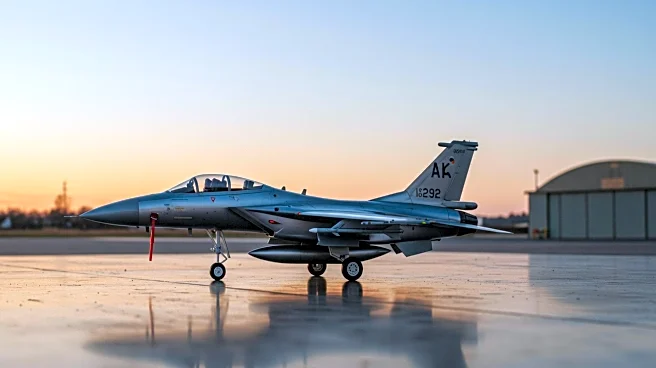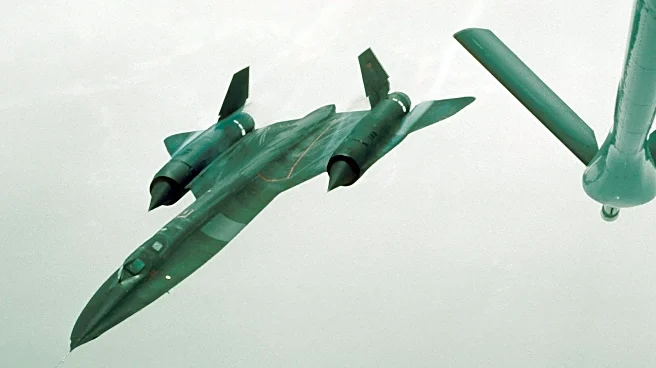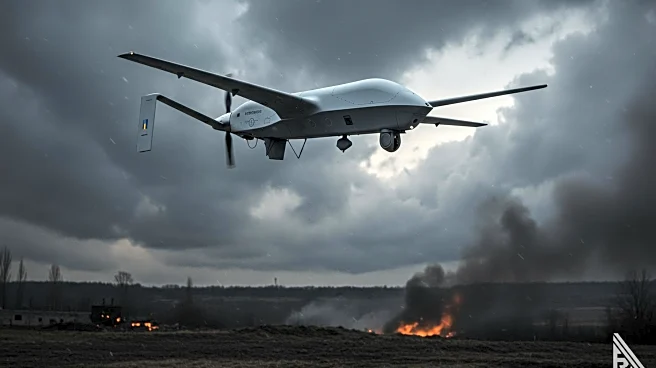What is the story about?
What's Happening?
In 1999, an F-117 Nighthawk, a stealth aircraft of the U.S. Air Force, was shot down over Serbia by a Serbian unit using a 1950s-era Soviet SA-3 missile system. The incident highlighted the vulnerabilities of stealth technology, as the aircraft was caught with its bomb bay doors open, compromising its radar invisibility. The Serbian unit, led by Colonel Zoltán Dani, employed strategic tactics by relocating their missile battery frequently and using radar in brief bursts to avoid detection by U.S. radar-hunting aircraft. This event demonstrated that even advanced stealth technology could be defeated by outdated systems when combined with strategic planning and a bit of luck.
Why It's Important?
The downing of the F-117 Nighthawk served as a critical lesson in military aviation, emphasizing the limitations of stealth technology. It underscored the importance of strategic planning and adaptability in military operations, as even the most advanced technology can be vulnerable under certain conditions. This incident has influenced the development and operational strategies of current stealth aircraft like the F-35, F-22, and B-2, which now incorporate extensive planning to mitigate potential threats. The event also highlighted the need for continuous innovation in defense technology to maintain air superiority.
What's Next?
The incident has led to increased focus on improving stealth technology and operational tactics. Military forces worldwide continue to invest in research and development to enhance the survivability of stealth aircraft in contested airspaces. The U.S. military, in particular, has been refining its strategies to ensure that stealth aircraft can effectively operate without compromising their invisibility. Future developments may include advancements in radar-absorbing materials and more sophisticated electronic warfare capabilities to counteract similar threats.
Beyond the Headlines
The event raises ethical and strategic questions about the reliance on technology in warfare. It challenges the assumption that technological superiority guarantees success, highlighting the role of human ingenuity and adaptability. The incident also reflects broader geopolitical dynamics, as countries with less advanced technology can still pose significant threats through innovative tactics. This underscores the importance of understanding and anticipating adversaries' strategies in military planning.
AI Generated Content
Do you find this article useful?
